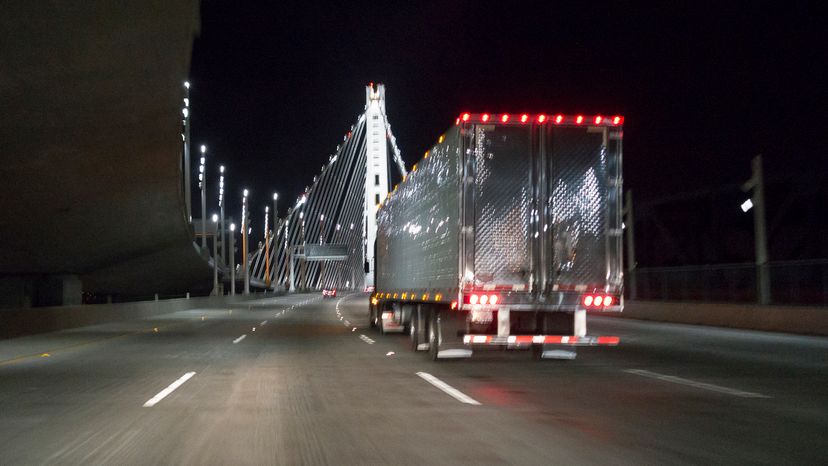
Jayne Mansfield was a superstar when she was alive, but today she is perhaps most famous for her tragic death at the age of 34. Get the facts behind the Jayne Mansfield death and her lasting impact.
Advertisement

Jayne Mansfield was a superstar when she was alive, but today she is perhaps most famous for her tragic death at the age of 34. Get the facts behind the Jayne Mansfield death and her lasting impact.
Advertisement
Model and actress Jayne Mansfield was famous for her appearances in Playboy magazine and her much-gossiped-about personal life. Like Marilyn Monroe before her, Jayne Mansfield was rumored to have dated John F. Kennedy, and The Hollywood Reporter has called her "the first reality star."
Born Vera Jayne Palmer at Bryn Mawr, Pennsylvania, she married Paul Mansfield in 1950, at the age of 17, and gave birth to daughter Jayne Marie Mansfield the same year. After studying acting in Texas, Mansfield arrived in Los Angeles in 1954, looking for work in film.
Advertisement
She was Playboy's Playmate of the Month in February 1955, an achievement that would help launch her acting career.
On June 29, 1967, Jayne Mansfield died in a car crash at the age of 34.
She was in a car on Route 90 from Gus Stevens Supper Club in Biloxi, Mississippi, to New Orleans with her boyfriend Sam Brody and the three children Jayne shared with ex-husband Mickey Hargitay — Mickey Hargitay Jr., Zoltan Hargitay and Mariska Hargitay. Behind the wheel was Gus Stevens Supper Club driver Ronnie Harrison.
Advertisement
The 1966 Buick Electra crashed when the tractor-trailer truck it was behind slowed down, causing the front of the Buick to lodge underneath the truck. The adults in the front seat — Mansfield, Brody and Harrison — died upon impact.
Mansfield's three children survived, with Mariska Hargitay going on to become a famous actress in her own right, starring as Olivia Benson in "Law & Order: Special Victims Unit."
Advertisement
Sadly, Mansfield's death was preventable. Underride guards (also known as rear impact guards or Mansfield bars) are steel bars placed at the back of trucks to prevent smaller vehicles from "underriding" the larger truck, which is exactly how Mansfield died.
Mansfield's death sparked increased interest in underride guards, but they weren't legally required until 1996.
Advertisement
Please copy/paste the following text to properly cite this HowStuffWorks.com article:
Advertisement